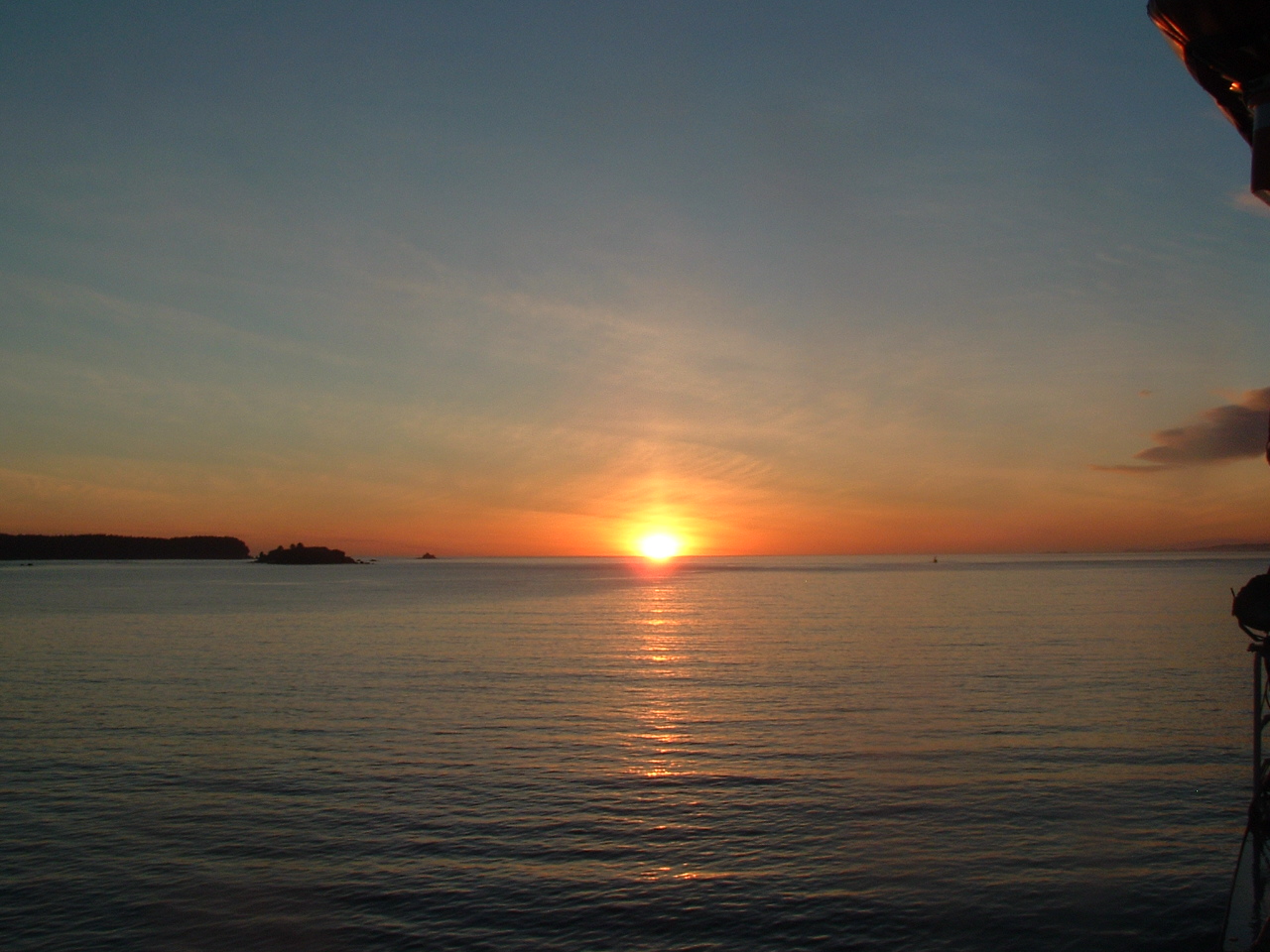
Image copyright: http://www.pics4learning.com/details.php?img=kodiak211.jpg
How does weather affect the ocean?
The wind causes waves, so when a storm comes, the winds produce bigger waves and depending on the temperature a warm air mass and a cool air mass can mix causing a funnel which also causes the wave to make a spiral shape known as a hurricane. A tsunami is a giant wave usually cause by earthquake after shocks which also affects the ocean which occurs from very violent winds. This giant wave can grow up to 50 feet or higher. It can cause severe damage to the land around it. (the weather can also affect the color of the water.) When the weather is poor or very windy, the ocean will become rough, which makes it hard to navigate for boats. Also the ocean will appear darker because the weather is poor (rainy, windy...) The sand can become either rough or smooth according on the weather. If it is rainy the sand is mushy with puddles in different areas. When it is windy, the sand is picked up and deposited in other ares, just like sediment.The weather can affect the sand and ocean in different ways.
Acuity, Miranda. Oceans. U.S.: Dorling Kindersley, 1995
How does the ocean affect the land around it?
Around the ocean you may find wave-cut benches, sea grottoes, sea caves, and sea arches. This is because when waves brush against the land, the water carves different landforms wich erodes the land. The oceans waves can break away the land around it then that land becomes part of the sea-floor. Water can affect the land around it by washing away at the rock or any kind of land area thats near the ocean or body of water. For example a longshore drift near an ocean may occur because of the way the water erodes the land. Another example can be a cliff. For hundreds of years the ocean brushed up against a massive rock causing a cliff-like structure. The access rock sinks to the bottom an becomes the sand.
Bailey, Jacqui. Cracking Up.
Great Britain: A&C black Publisher, 2003
How does the ocean get its color? The ocean absorbs the sun light and the lights then reflects and spreads off the sand in the ocean. That is why the deeper you go in the ocean, the darker it is and if you are at the top of the ocean, you will notice lighter and brighter blues/greens. The main substance that absorbes the sun light is chlorophyll . The more chlorophyll in the ocean, the brighter blue the ocean water will appear. Ocean currents also affect the color of the ocean. When currents are stronger the ocean color is darker because the water is rough... which means when the currents are weaker, the color is brighter. The last factor that determains oceans color is tides. When the tides are high it is like currents. The water is rough which makes the water a dark navy or midnight blue.
http//:science/earth-science.org Did you know, 93 million years ago a giant chain of underwater volcanoes exploded covering up the whole ocean to the point of sea life’s extinction. If it was still like that today, the world would have enough oil to last 500 years or more. But of course the sea life somehow reproduced allowing us to have sea life today.
Different factors that determain the ocean's color: